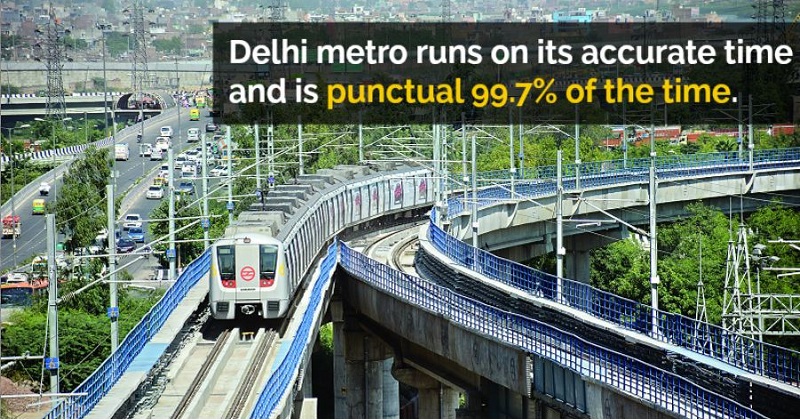
Delhi Metro has been the the lifeline of the national capital since it came operational in 2002. One of the most, successful urban transport project in developing countries, a large part of the project has been financed by the Japan International Cooperation Agency (JICA) as a soft loan to the Indian government. It has helped India appear on a global platform for its impeccable infrastructure.
Here are some of the interesting facts about Delhi Metro that one should know:
ADVERTISEMENT
1. Connecting different cities
Delhi Metro is not only serving in Delhi but it also connects Faridabad, Noida, Gurgaon, and Ghaziabad.
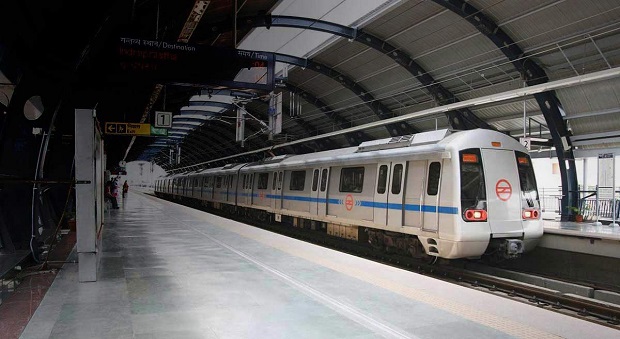
2. The start
Planning of Delhi Metro started back in 1984. Later Delhi Metro Rail Corporation was incorporated in 1995 and for the very first time construction of Delhi Metro started in 1998.
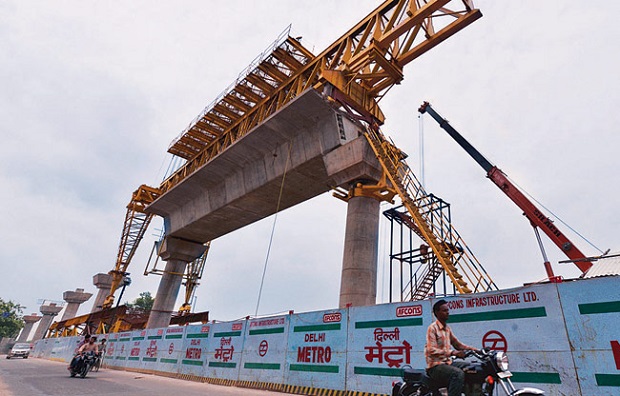
3. DMRC is a state-owned company that has equal equity participation with Government of India and Government of Delhi to build and operate.
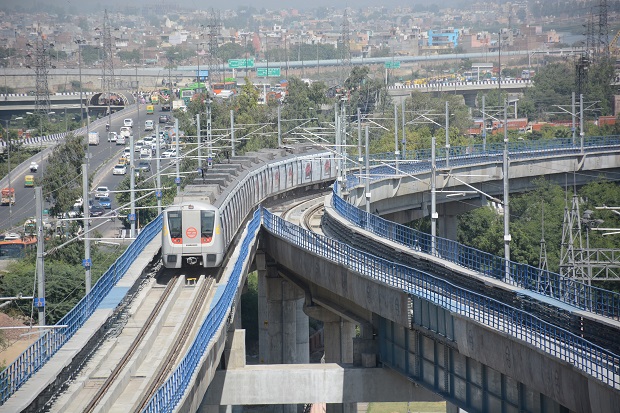
4. The first phase of the metro was completed almost 3 years ahead of schedule, which is an achievement.
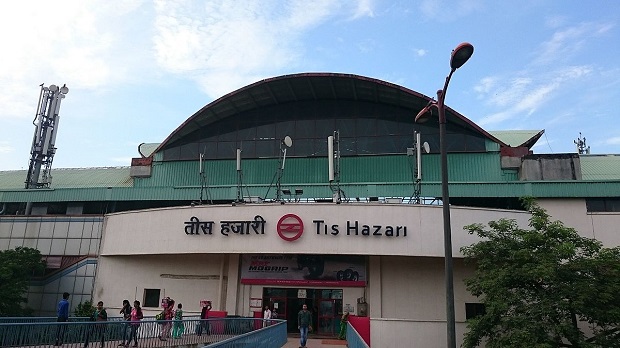
5. First ride
On 24th December 2002 Delhi Metro ran for the very first time on tracks for public between Shahdara and Tis Hazari, Red Line of the Delhi Metro which was inaugurated by Atal Bihari Vajpayee, the Prime Minister of India. It caused the ticketing system to collapse due to the line being crowded to four times than its capacity.
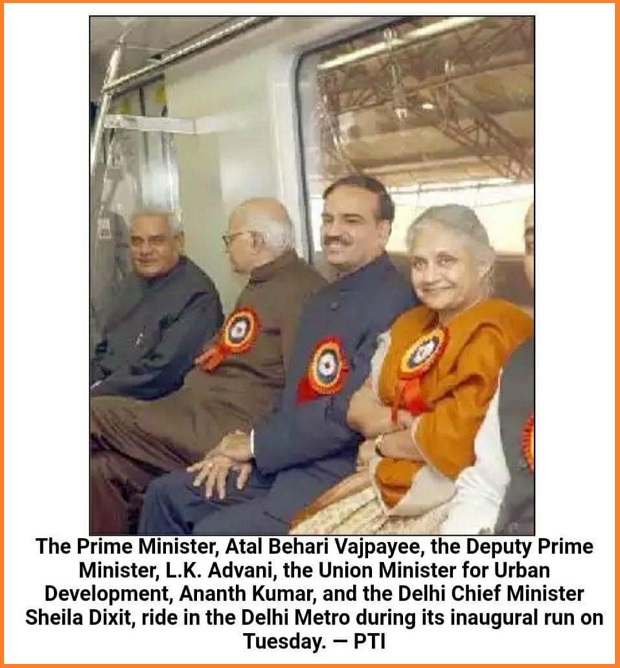
6. Delhi Metro is the second oldest metro service to start in India after Kolkata Metro.
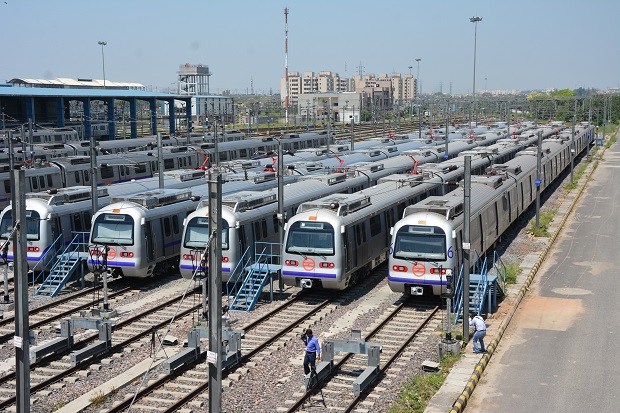
7. It is 12th longest metro in the world length wise and 16th largest in ridership.
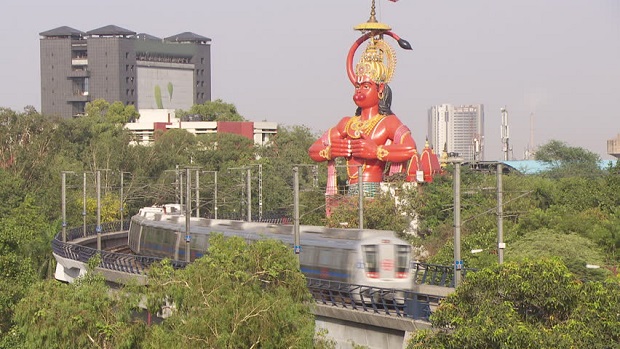
8. Seven colour-coded lines
The Metro consist of 7 color lines that covers around 231 km and serves 173 stations.
ADVERTISEMENT
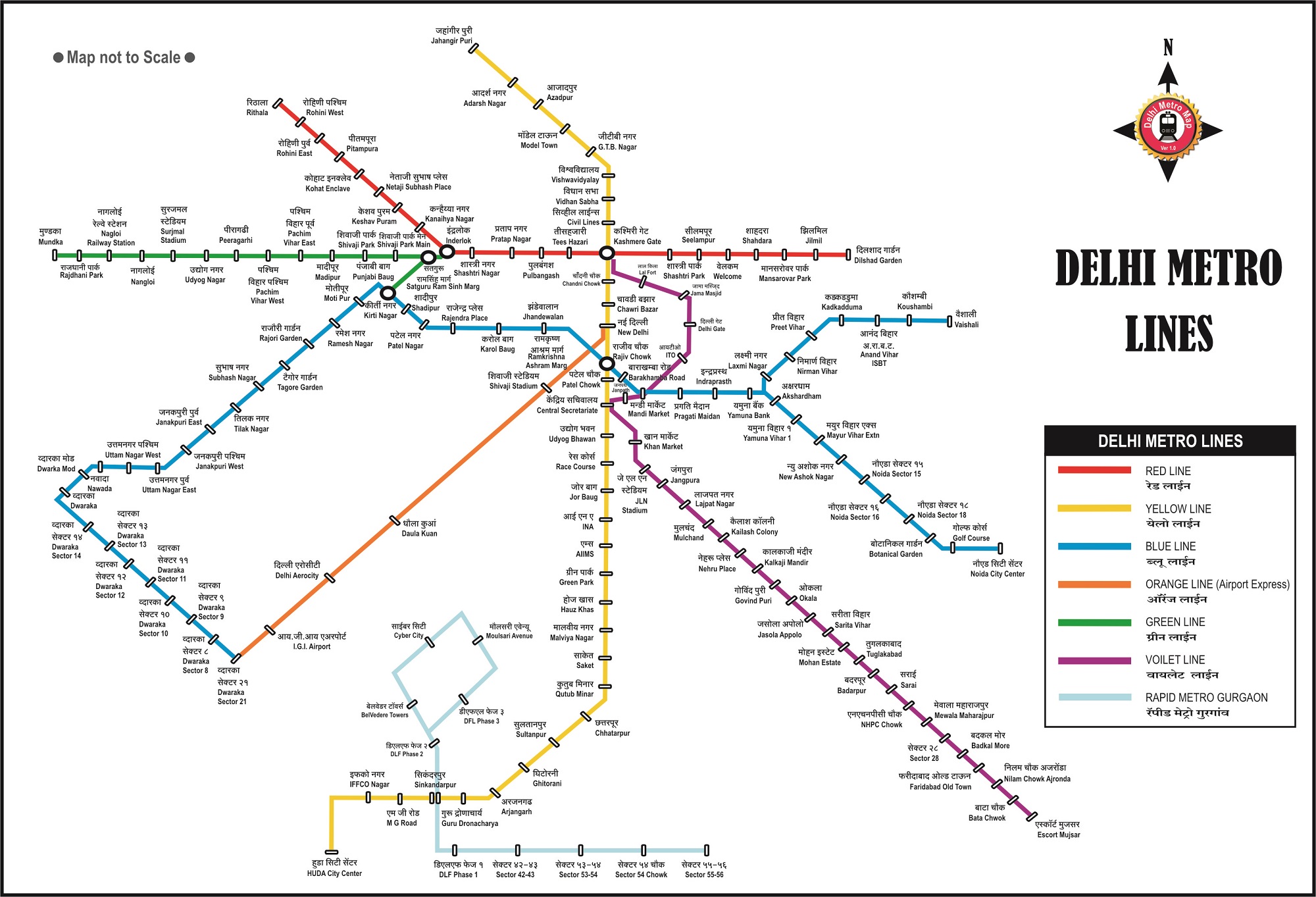
9. On an average Delhi Metro carries 2.76 million passengers everyday. In year 2016-17 it served more than 100 crore people.
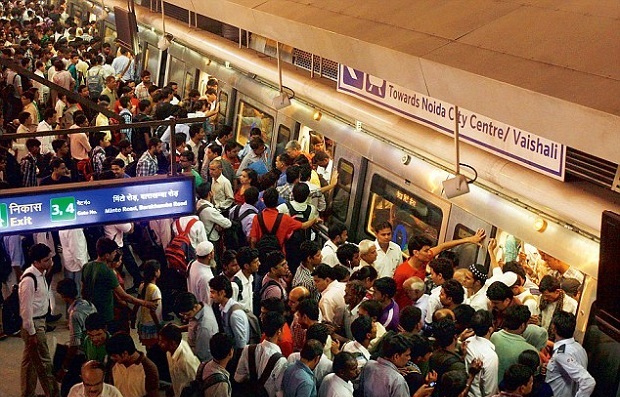
10. Always even number of coaches
Metro coaches are of either four, six and eight-coach length. This is because there are 2 types of coaches, one is ‘driver car’ and another is ‘motor car’. They always serve as one unit and cannot be used separately.
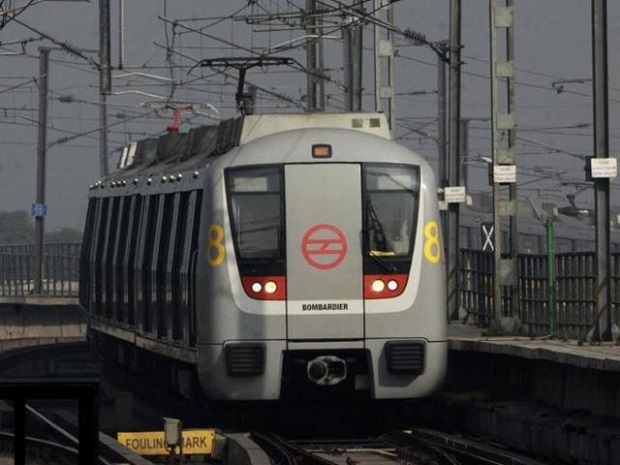
11. UN certified
In 2011, United Nations certified DMRC as the first metro and rail-based system that gets carbon credits for reducing greenhouse gas emissions. It helps in reducing 630,000 tonnes of city pollution level each year.
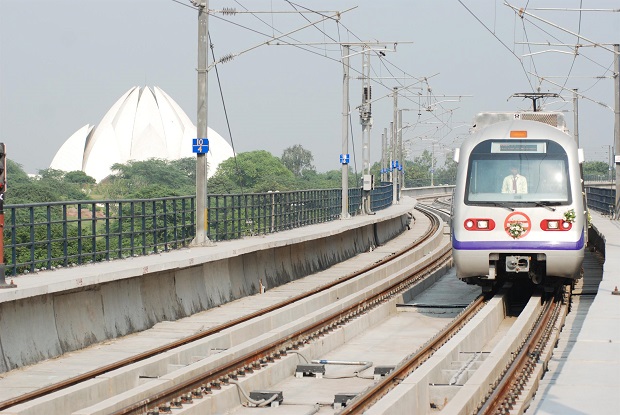
12. Environmental protection measure
To overcome water scarcity DMRC conducts rainwater harvesting along most of the stations of the Blue Line.
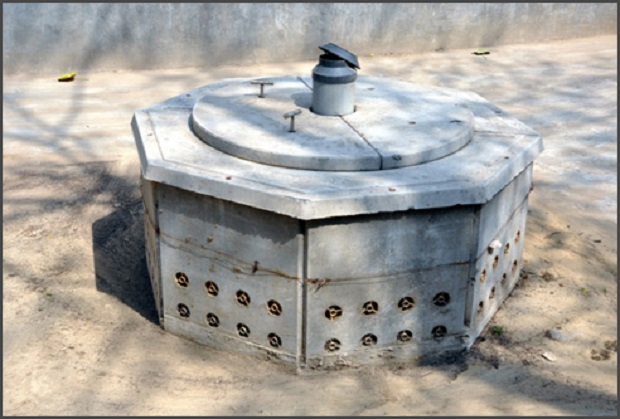
13. No dustbins
You will not find a single dustbin inside Delhi Metro, except for in an around some shops and eatery. Despite this you will find the stations neat and clean.
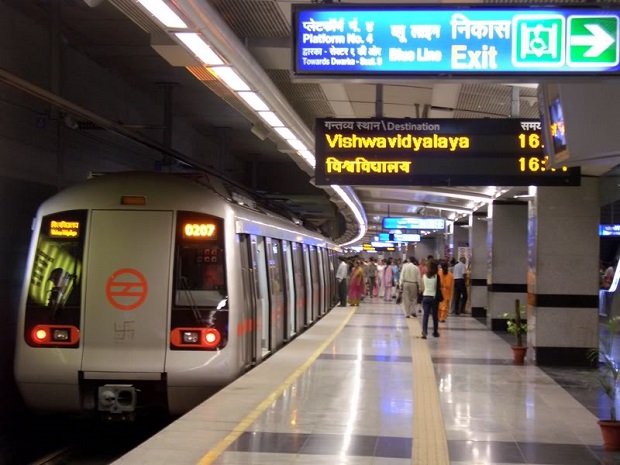
14. Neutral zones
In general, it is power cut but for DMRC it is a power shift. The moments when the AC and power got off at certain stations are power shifts. These sub-stations or neutral zones supply the required power to metro as it cannot get the required 25000 volts from a single station.
ADVERTISEMENT
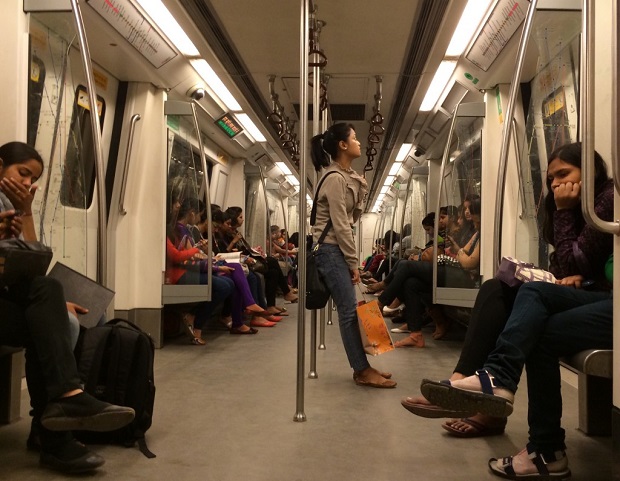
15. The deepest point
Airport Express is almost 45 meters down – below the Rajiv Chowk station which is the deepest point of Delhi Metro.
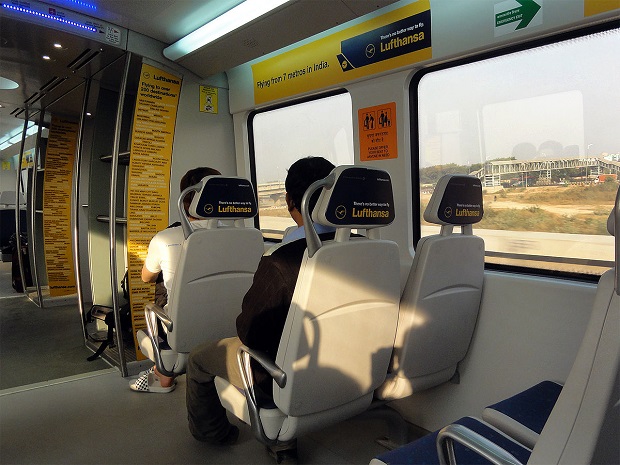
16. Delhi Metro was ranked as 2nd most popular metro in the world in 2014, the first one being New York.
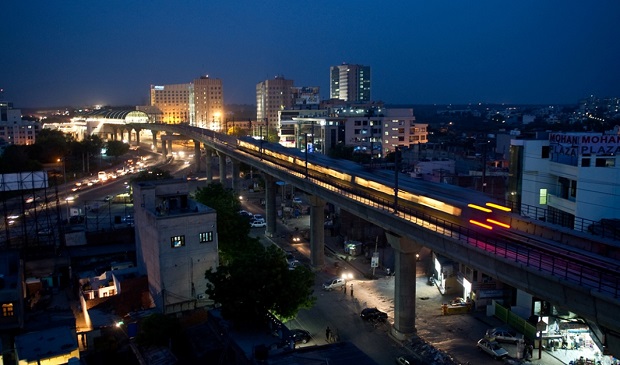
17. Get bicycle on rent
You can get a bicycle for rent at some of the metro stations for just Rs 10 for 4 hours. All you need is to have a valid ID proof!
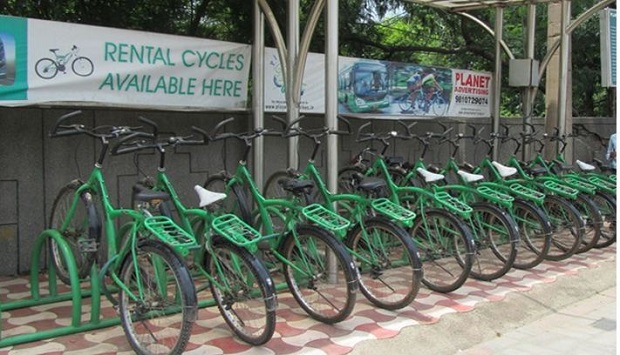
18. Smart Card
DMRC and ICICI bank together has launched a DMRC debit card which has an auto top-up facility and gives you 10% discount on metro fare. Further you also get PAYBACK Points on every top-up.
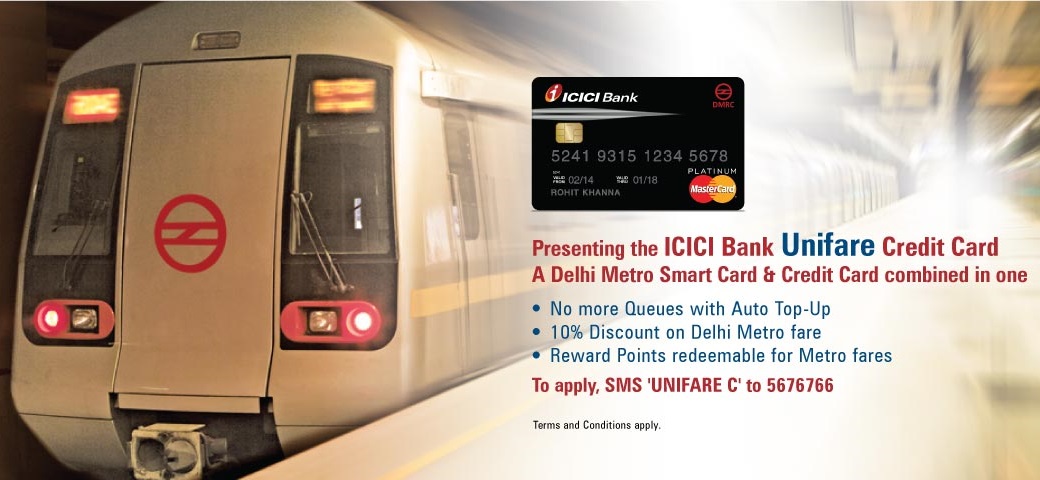
ADVERTISEMENT
19. Punctuality record
We always rush to the metro station to board the train, but actually we are the one who gets late. Delhi metro runs on its accurate time and is punctual 99.7% of the time.
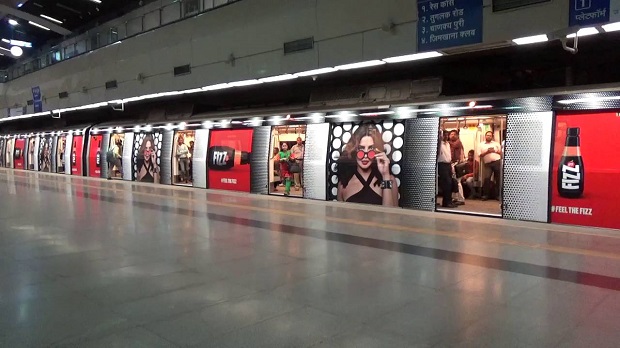
20. Support for visually impaired
Ever wondered what is the purpose of those yellow strips you see inside the metro stations and on platforms? These yellow stripes are the corridor for visually impaired travelers, this lead them directly to lift and exits.
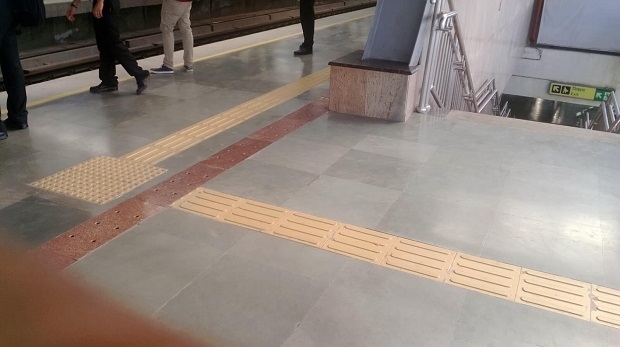
21. Wheelchair friendly
All station of DMRC are wheelchair friendly. It has ramps build for disabled people to roll themselves around the station.
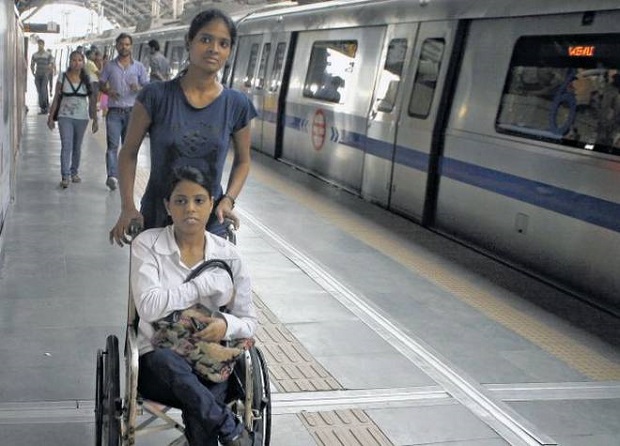
22. Sari Guard feature of escalators
In India sari is staple dress for women and while using escalators it might get tuck on the corners. Hence, it has a brushy guard on both ends of the escalator to avoid a sudden accident.
ADVERTISEMENT
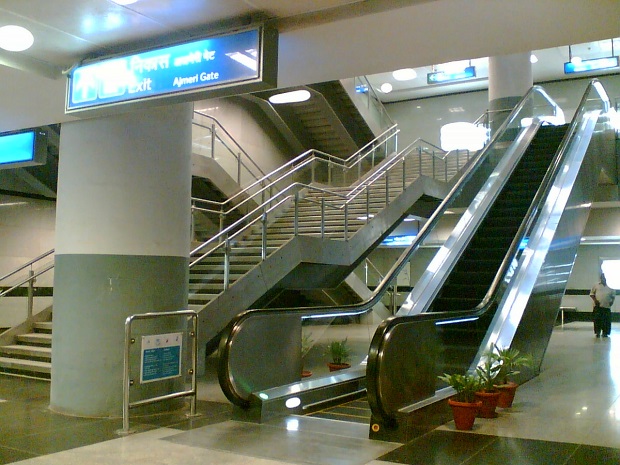
23. Announcements inside Delhi Metro
Voice of the female announcer (in English) is of Rini Simon Khanna, while the female announcer (in Hindi) is of Shammi Narang.
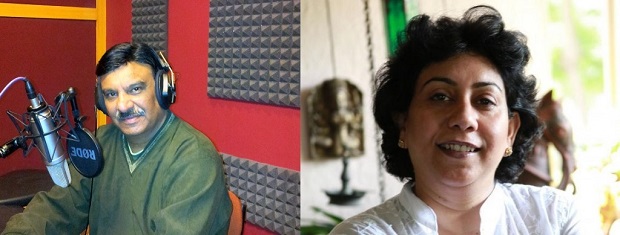
24. First extradossed bridge in India
The first extradosed bridge in our country was constructed by DMRC. It is between Pragati Maidan and Indraprastha station on the Blue Line.
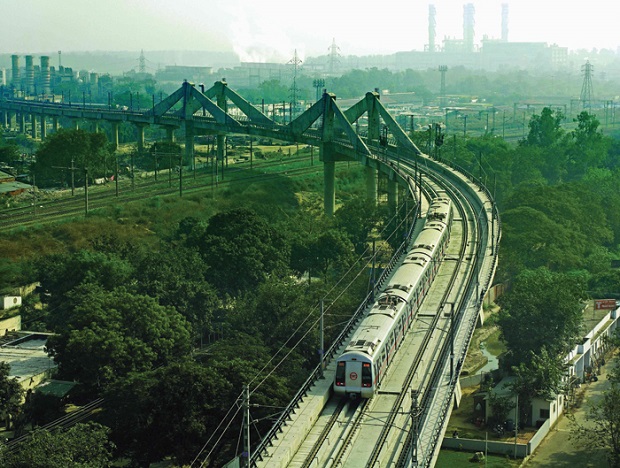
25. Frequency of trains
Train operates at a frequency of one to two minutes to five to ten minutes, between 5am to 12 in midnight, depending upon the peak and off-peak hours.
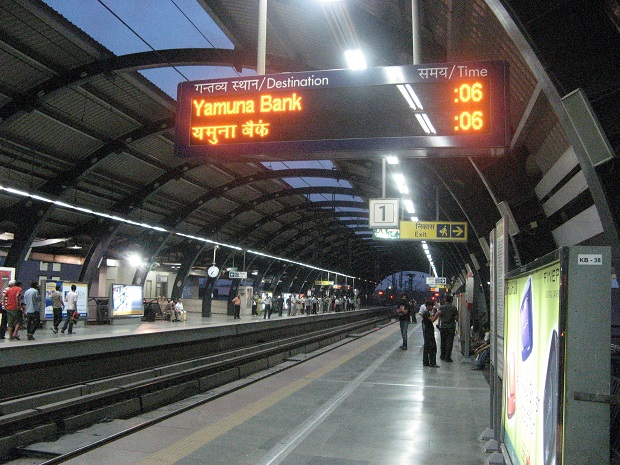
26. Delhi Metro security is handled by the Central Industrial Security Force (CISF), until 2007 it was done by Delhi Police.
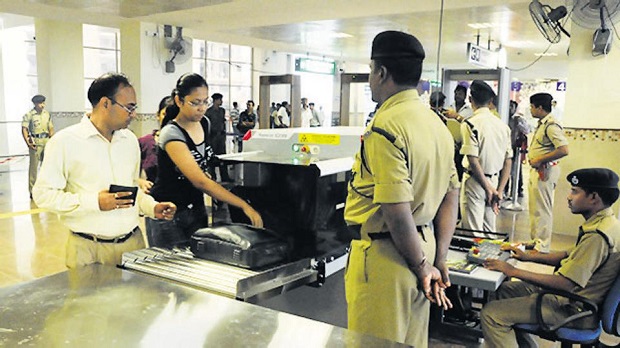
27. DMRC Feeder bus
DMRC has deployed around 291 feeder buses on 42 routes connecting 54 metro stations in Delhi. On a daily basis around two lakh people use the feeder bus service.
ADVERTISEMENT
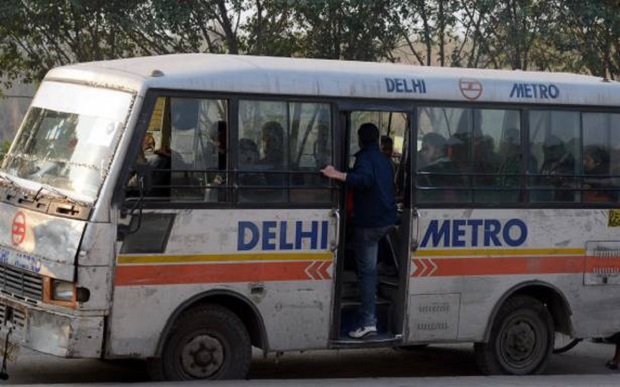
Also read : 23 Interesting Facts about DTC Buses No One Told You Ever
ADVERTISEMENT











